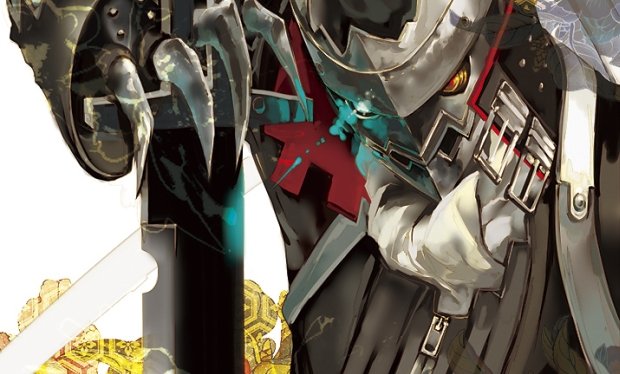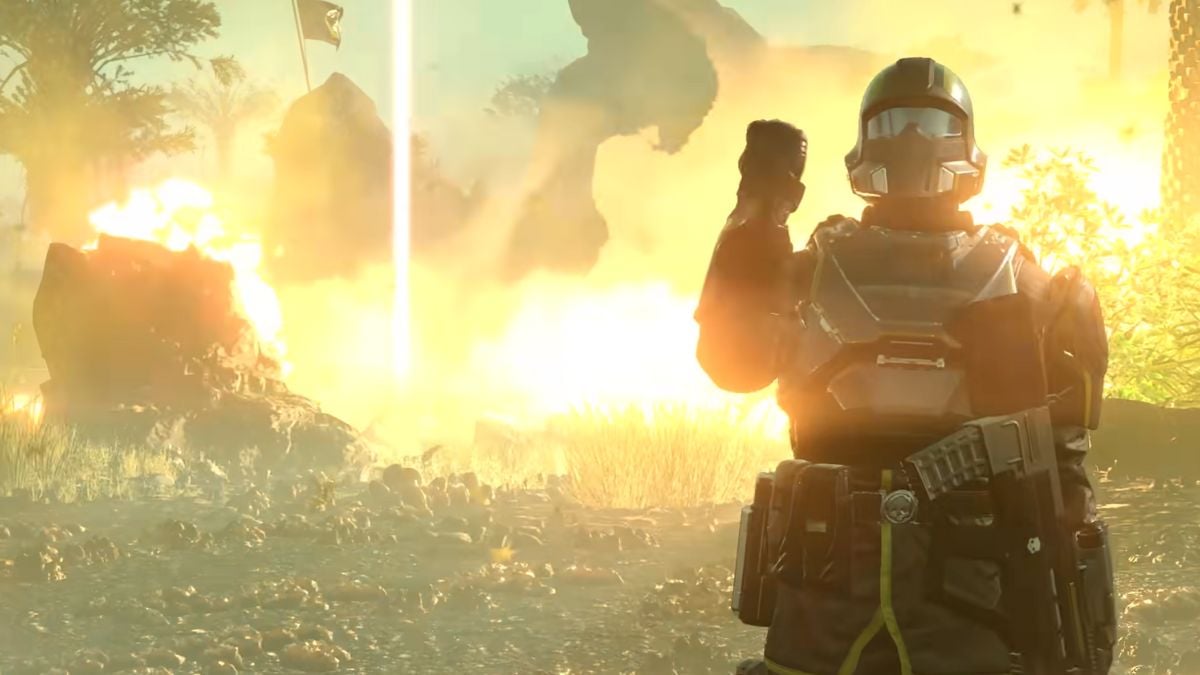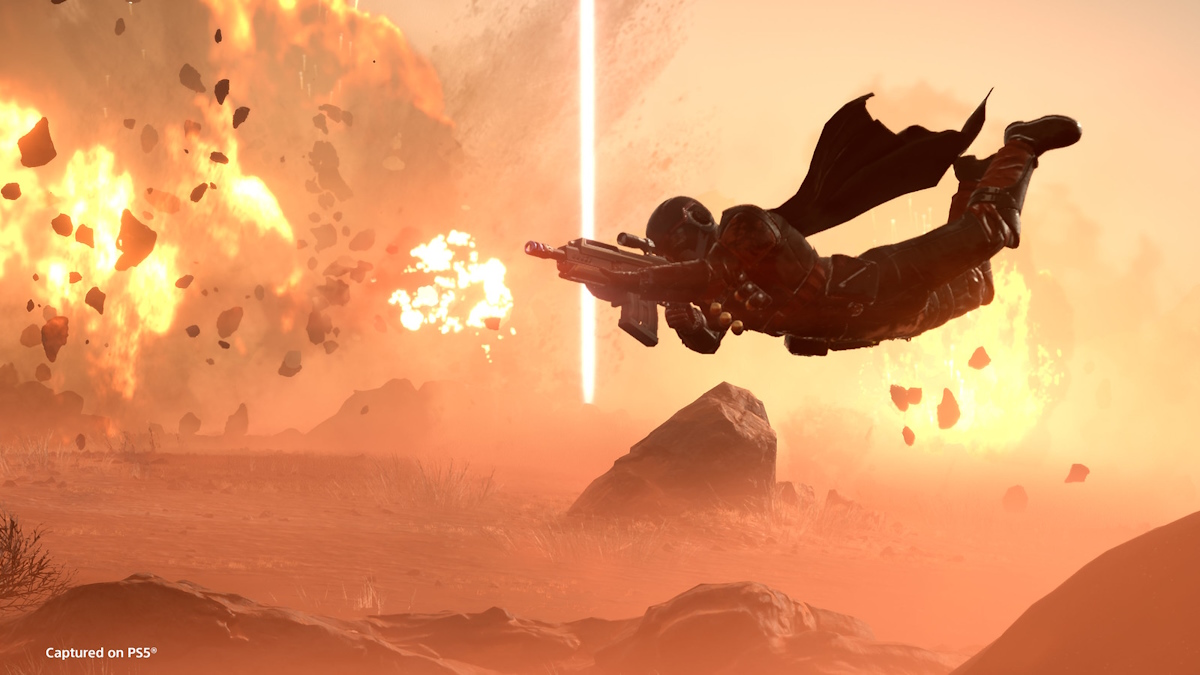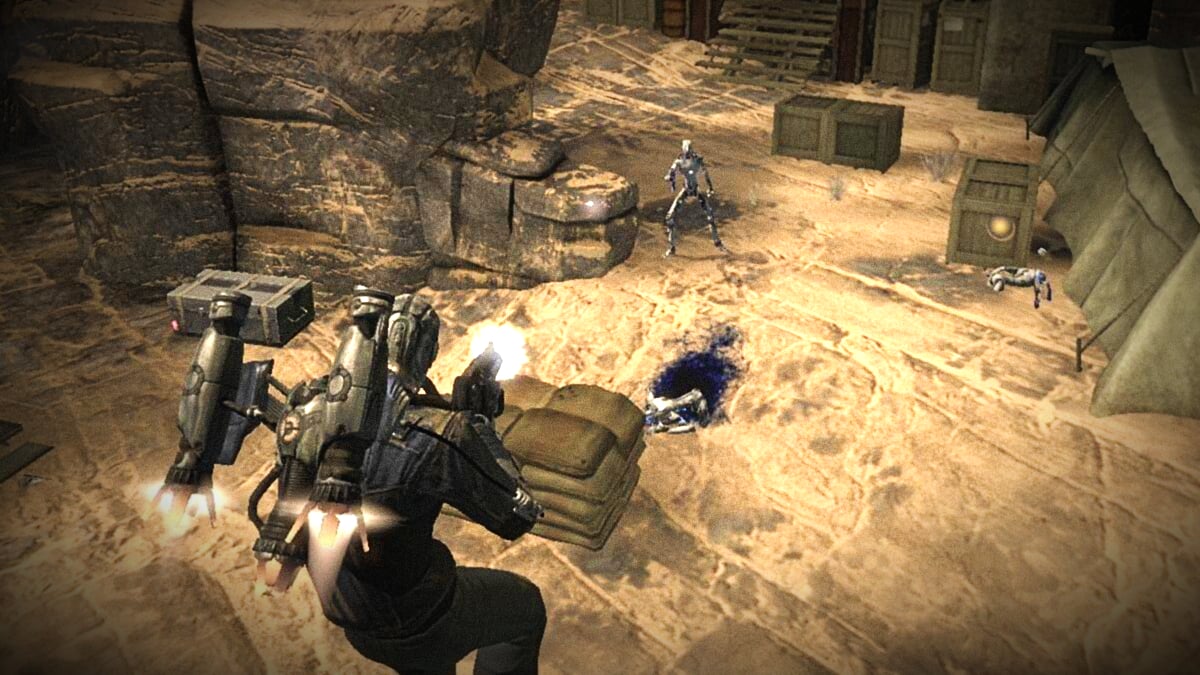It was brought to my attention that many readers would be unable to enjoy the article thanks to spoilers. As such, I have added a link to the spoiler-free cheesecake gallery. Please think of this as a consolation for when you finish.
Some background: Fellow Dtoider Scary Womanizing Pig Mask put up a post recently about why he thought the ending of Persona 4 was poorly told and unoriginal. While he did make a lot of good points, I disagreed with the notion of the ending being a mere copy of Persona 3’s.
In fact, I thought that both games’ endings were unique in their own way, but that Persona 4’s was enhanced greatly by its thematic depth. I originally posited my theory in the comment roll, but I felt it was worth rewriting as a feature here on my own C-blog. My thanks to Scary Womanizing Pig Mask for making that post, for otherwise I may never have bothered to think about the game in the way I did, content to love it for being the sequel to what is now my second favorite game (after this one).
*Needless to say, there will be many many spoilers for both Persona 3 and 4 in this post.*
It’s in the Telling
Stop me if you’ve heard this before, but the plots of both games, when reduced to the basic steps, moves as such:
1. Antagonist misunderstands human nature, thinking it only worth extermination.
2. Through strength of will formed of their friendship, the cast defeats the antagonist, thereby earning its grudging respect and convincing it not to end the world.
3. ???
4. Profit!!!
Familiar, eh? This formula’s been used over and over, especially in anime and JRPGs.
That doesn’t mean that it’s bad, however. It has been said that all the great stories have already been told, and that the difference is in the telling. That’s where both Persona 3 and Persona 4 distinguish themselves, combining their gameplay mechanics and aesthetic/thematic inspirations to tell an old story in new, unique ways.
Their basic plot elements being so similar, the primary difference between Persona 3 and Persona 4‘s storytelling lies in the treatment of its cast, particularly in Persona 4, and especially in the role the protagonist plays in relating to those around him.
In Persona 3, the protagonist is almost a literal blank slate. Only much later in the plot does he gain any sort of background. Even then, it serves merely as a point of trivia to explain the character’s power. It certainly makes sense within the story, but Persona 3‘s lead is very much a man living in the present. With nothing behind him, he only looks to the future, the top of Tartarus, and the end of his journey.
By contrast, Persona 4‘s protagonist is not a blank slate. He’s moved to Inaba because his parents are working abroad. He has relatives. He came from the Big City, and in a year, he will be going back to it, by hook or by crook. While these details are superficial at best, they matter. They give the cast something to work with as they interact with the protagonist. They reference his background when talking about how boring Inaba must be compared to the city. Most importantly, these details give them cause to wonder why exactly he is the Wild Card. That little mystery sits in the back of the player’s mind until the final big reveal, turning it into a giant “OH SNAP” moment.
The most important part of Persona 3 and 4‘s gameplay are the Social Links, the relationships formed and developed by the protagonist with the people around him. They affect everything from the daily routine to the party’s battle performance. Thus, the hero’s role in interaction with his friends is critical to the games’ storytelling.
Persona 3‘s hero is active in his friends’ affairs, his telling them exactly what they need to hear helping them overcome challenges, and his drawing power from their support. This is not to say that his relationships are formed out of mercenary selfishness, but more that the story is singularly focused in him and his circumstances. That’s quite appropriate, since the game itself is closely connected to that tarot-based metaphor for life, The Fool’s Journey, and there can be only one Fool. Sadly, The Fool’s Journey has an end, namely with the protagonist’s messianic self-sacrifice.
His friends however, do not end their journey, as shown in “The Answer”. Rather than finding themselves, they’re left hanging, their leader’s departure unexplained. Only after finding out why do they get to move on, clinging to hope and honoring his sacrifice. In the end, the cast is treated as secondary to the protagonist’s journey.
By contrast, the protagonist of Persona 4 is nothing without his friends. He plays no role without them. They can’t be replaced with inanimate objects without completely undermining the plot. Unlike Persona 3‘s lead, the boy from the city is utterly passive outside of combat. The protagonist interacts with his friends less as a savior than an enabler. He is a listener that cast can spill out their hearts to, a supporter that simply by his presence allows them to confront their secrets and accept themselves, by themselves.
Every major event involves a character coming to terms with his or her shadow. Every dungeon is associated with a character character’s shadow. Acquiring one’s persona is just the first step on the road to self-awareness, simply a promise to start dealing with the issues that led to those dungeons and boss fights in the first place. And the player is never, ever left alone over the course of the game. Even the optional super-boss can be faced with company. The only time he is alone is in the final, final final event which, after analysis, still isn’t about the protagonist himself.
Persona 4 is about the search for truth, one’s unobstructed, complete identity. TV world dungeons are exaggerations, manifestations of that insecurity and self-deception, twisted by the fog. People only gain power and resolve after recognizing that they cannot be complete without accepting their shadow selves as part of the equation, taking the bad along with the good, ultimately forming that more perfect union.
Ame-no-Sagiri (aka The Disco Death Star) sought to cover the world in fog, to let people finally embrace their “true” shadow selves. Of course, it was wrong. Truth is rooted in clear vision, something no fog can bring. While it was certainly true that people generally want to avoid confronting themselves, people rarely want what they need. Desire is not need, and Ame-no-Sagiri operates only on the former.
A search for truth is no better manifested than in the solving of a mystery, and in Persona 4‘s case, that mystery is the serial killings. Key to that were the three people “invited” by Izanami upon their arrival in Inaba, namely Adachi, Namatame, and the player.
As expanded upon in the true ending, Izanami selected Adachi and Namatame as representatives of traits that revealed humanity’s “true” nature. Namatame represented despair. Divorced from his wife, then having his mistress horribly murdered, Namatame collapsed into despair, succumbing to his shadow self out of a desperate need for meaning, throwing people into the fog thinking that they would be saved from the death (spiritual and literal) that came from being exposed on TV, as happened to his lover after their affair was brought to light.
For Adachi, has caught a lot of flak for his supposed simplicity. That he did it “for the lulz,” is hardly a fitting motivation at first glance. There’s a reason for that, though. The term “Ressentiment” comes up during the game, and is defined as a philosophical construct wherein one assigns blame and directs hostility to those which he considers superior, creating a scapegoat and avoiding culpability for one’s own. Talk about a perfect word to describe Adachi, especially given his boss-fight monologue about only “talent” mattering in the world he wanted to wipe away. I can’t help but wonder if that question was in the original Japanese version, or if it was added in as part of the localization process. If the latter, I applaud that move and respect Atlus’ localization teams even more.
In a way, Adachi acted as the player’s “shadow self,” a void of a man that acts without conscience or reason. Where the player’s talent uplifts those around him, Adachi uses his power to do whatever he likes, just as he became a policeman for want of a gun license and power trip. It’s even implied that his assignment to Inaba was an act of punishment for some unrevealed sin, further emphasizing that he was a total dick.
(Update – Both the protagonist and Adachi are voiced by the same actor Johnny-motherf’-Young-Bosch, at least in the English version) – Thanks Palidi!
Though he earns a shred of redemption via his “true ending” letter, he is pathetic beyond pity. Rather than some mastermind out for conquest or a destructive brute, Adachi’s just a guy with a weapon and nothing else to do with it, making him a frightening and compelling villain, an example of what humanity can end up as when they’ve given up hoping.
It’s at this point where the game’s connection to the myth of Izanagi and Izanami ties in. Rather than a simple naming convention, the myth lies at the core of the story. The only chance players get to know of it is displayed in a single five-minute cutscene, and without voice acting to boot. And while one of my favorite things about the games is how deeply they can be read into, leaving that much unsaid is a fault unforgivable. I suppose that it couldn’t be helped, in a way. JRPGs have Japanese as their first audience, and that particular myth is as well-known as the story of Adam and Eve is to most westerners.
In any case, Izanami was only a producer, setting a stage on which humanity could express its “true” shadow nature. That Adachi and Namatame’s cases went sour only proved Izanami’s point. There was, however, the player. Where Adachi represented emptiness and Namatame despair, the protagonist represented hope, a wild card that would not settle for half-truths.
As told in the myth, Izanagi was horrified at seeing Izanami’s “true” monstrous form after her death. He ran from the cave and blocked off the entrance. In Persona 4, the myth serves as a metaphor for the refusal to acknowledge complete truth. Izanagi refused to accept his wife’s new form, and blocked himself off from seeing it. In turn Izanami was left stuck in the darkness, eventually assuming that the “truth” of the matter was that people suck and are jerks and were all shadows at heart. Two halves of creation refuse to acknowledge each other, acting as an Original Sin of sorts for the game to build upon.
Even if they both ended in the same way, Persona 3 and 4 are unique and equally satisfying in my view. Whereas the characters of P3 overcame a challenge (i.e. halting the inevitable), the characters of P4 effected a divine reconciliation, forcing Izanami to acknowledge the “complete” truth. That’s why Persona 3’s final attack was “The Great Seal”, and 4‘s was “Myriad Truths”.
The game may not have pushed as hard along that angle, since such an ending would be a bit too cake-and-rainbows for the style, but many fanfictions and comics I’ve seen run along those lines, with the two deities finally “making up.”
Incidentally, I’d certainly like to see the hot make-up sex after that thousand-year-long marital dispute.
As a reward for reading this, and to undermine any possible counterargument, I give you cheesecake. Lots of it, with some Devil Survivor sprinkled in. Without concern for age or orientation, there is something here. Also, the gallery below has some of my favorite safe fanart ever. For various reasons.




